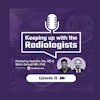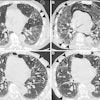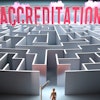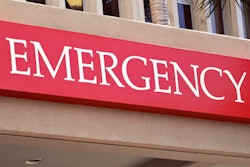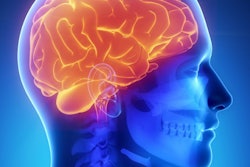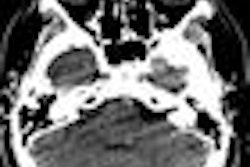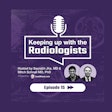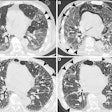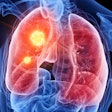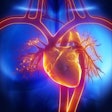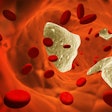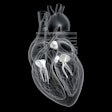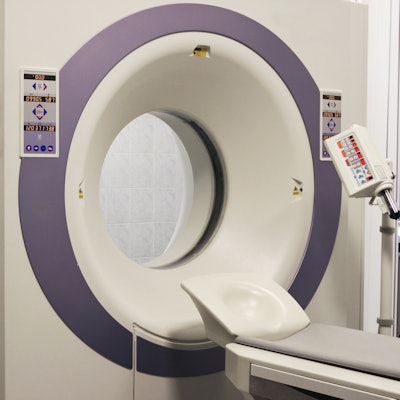
Emergency physicians overuse conventional CT scans to rule out dangerous dental infections in patients, according to a recent study in the Journal of Oral and Maxillofacial Surgery. Is a set of standardized guidelines the answer to reducing unnecessary radiation exposure for these patients?
The findings of a recent study suggest that risk factors identified in a patient's history and a physical examination can still accurately diagnosis higher-risk infections without the use of a CT scanner. The team of oral and maxillofacial surgeons and researchers behind the study called for creating a standardized set of CT guidelines (J Oral Maxillofac Surg, March 2019, Vol. 77:3, pp. 528-535).
"There is clear overuse of computed tomography in the emergency setting, which is associated with a long-term potential for malignancy," wrote the authors, led by Ashleigh Weyh, DMD, MPH, an oral and maxillofacial surgery resident at University of Florida Health in Jacksonville, FL. "This study aimed to determine the rate of overuse of CT for odontogenic infection workup and the correlation of history and physical examination findings to diagnose moderate- to high-risk infections."
How to evaluate risk
Odontogenic infections are common, and while many pose limited health risks, some infections can quickly become life-threatening. CT systems can be useful for identifying which infections have a higher risk of turning deadly, but these devices pose their own health risks, with some studies suggesting 2% of all cancers are induced through medical imaging.
Given the risks associated with conventional CT, the researchers wondered whether an alternative set of criteria could flag high-risk infections. Their list of red flag criteria included physical warning signs, such as an elevated floor of the mouth, voice change, trouble swallowing, rapid heart rate, and swollen lymph nodes. They also looked at how close the infection was in proximity to the patient's airway and other vital anatomical structures.
The researchers tested the accuracy of their risk criteria using data from 470 patients with odontogenic infections assigned to the University of Florida Health's oral and maxillofacial surgery unit from 2012 to 2017. They evaluated whether each patient's history and physical examination data would put them at low, moderate, high, or extreme risk of serious infection. They also looked at whether a CT scan was ordered and if it changed the diagnosis or treatment decision.
About 83% of all patients underwent a CT scan, even though only 23% of patients had a moderate to extreme infection risk based on the researchers' criteria. Of these scans, more than half (57%) were deemed unnecessary by the researchers.
Overuse of CT was most common among patients with a low-risk infection, and many of the risk indicators were significantly associated with moderate- to high-risk infections. Most importantly, the guidelines flagged all patients who required a CT scan.
"Within the present patient population, the red-flag guidelines accurately predicted all cases that required CT," the authors wrote. "Although the authors expect similar results when generalizing the guidelines to a larger population, clinical judgment to evaluate atypical presentations will always be necessary."
Time for standardized guidelines?
The researchers weren't surprised by the high overuse of CT scans. They hypothesized hospital physicians are likely to order more advanced imaging because dental infections are varied and can quickly turn deadly.
"These features of higher-risk infections could justifiably lead many clinicians to order CT to rule out the worst-case scenario, even when a patient presents with low-risk infection," the authors wrote. "Moreover, many hospitals do not have a dedicated [oral and maxillofacial surgery] team that can readily evaluate and follow patients with odontogenic infections, which can lead providers to be more conservative in the workup."
They see the development of standardized guidelines as one solution to the overuse of CT for diagnosing dangerous dental infections. They hope future studies continue to evaluate CT guidelines for emergency settings and also the downsides of CT overuse.
"Establishing guidelines to standardize ordering is the first step oral and maxillofacial surgeons can take to decrease unnecessary CT scans," the authors wrote. "Guidelines, in theory, would decrease the amount of unnecessary scans ordered and standardize ordering practices among providers."
